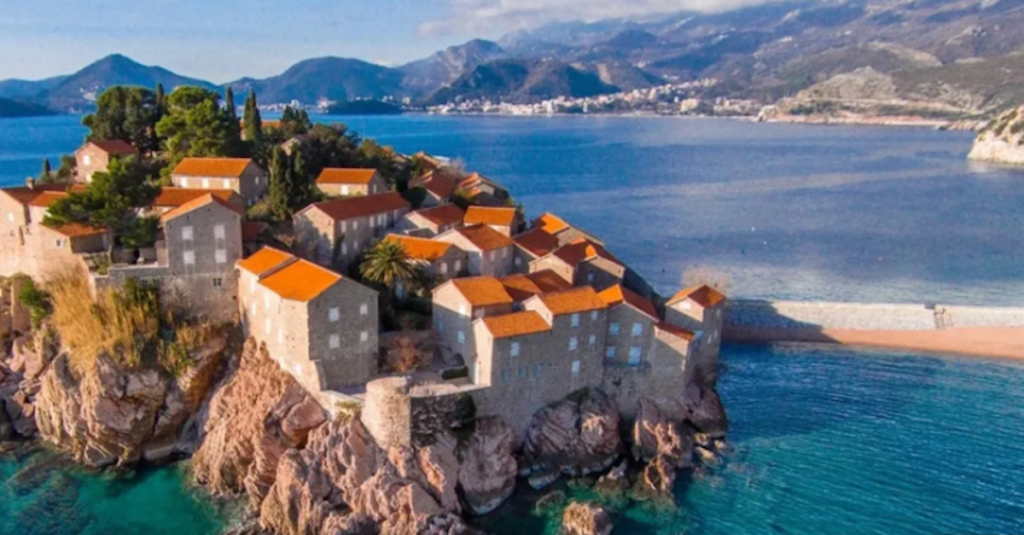Travellers in Europe are poised to spend €800.5 billion this year as tourism surges back after the pandemic, according to recent data.
- Overseas tourist arrivals and overnight stays have surpassed 2019 figures, indicating a robust recovery.
- High-spending tourists, especially from Asia Pacific, and an increase in events and business-leisure travel have driven this growth.
- Spain, Greece, Italy, and France are witnessing significant increases in tourism spending and visits.
- Off-season travel and lesser-known destinations are gaining popularity, reflecting a shift towards unique experiences and value for money.
In an encouraging sign for the European tourism industry, travellers are set to spend a staggering €800.5 billion in 2024. This marks a 13.7% increase over the previous year, driven by the resurgence of high-spending tourists from the Asia Pacific region and a strong demand for events and blended business-leisure travel.
The first half of the year has already seen overseas tourist arrivals and overnight stays surpass pre-pandemic levels recorded in 2019. Notably, Spain, Greece, Italy, and France have reported the most significant increases in inbound spending, with growth rates of 25%, 25%, 20%, and 16% respectively. Additionally, countries like Croatia, Bulgaria, and Romania are expecting longer average stays, contributing further to tourism revenue.
Destinations in southern Europe and the Mediterranean have experienced a noteworthy increase in tourist arrivals, underpinned by growth in several nations such as Serbia, Malta, and Portugal. The second quarter showcased a year-on-year increase in foreign arrivals and overnights of 12% and 10% respectively, attributed to strong intra-regional travel from Germany, France, Italy, and the Netherlands.
Significantly, there is a marked trend towards off-season travel and exploration of lesser-known and unique destinations. Places like Albania and Montenegro have seen substantial increases in market share, 86% and 31% since 2019, driven by tourists looking for authentic experiences. This is echoed in digital conversations about European travel, highlighting the allure of natural island settings such as Madeira and Norway.
Sustainability remains a key factor influencing travellers’ choices, with natural landscapes gaining preference over traditional hotspots that suffer from overcrowding. Meanwhile, the expansion of rail networks offers new opportunities for exploration, exemplified by the growth in international routes by Germany’s Deutsche Bahn and successful ticket sales by Spanish rail operator Renfe. Challenges, however, persist in the form of rising accommodation and operational costs as well as staffing shortages. Nevertheless, these challenges have shown signs of easing compared to previous quarters.
The evolving European tourism landscape is marked by increasing visitor spend and a shift towards diverse, sustainable travel experiences, despite ongoing challenges.

